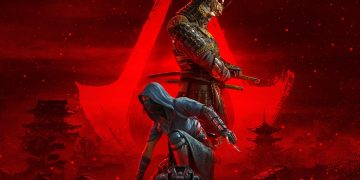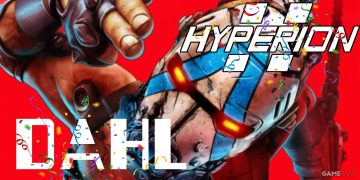In the dynamic world of Brandon Sanderson’s Mistborn series, certain individuals possess an extraordinary ability to metabolize metal, allowing them to wield magic in unique ways. For instance, pewter can amplify their physical prowess, while brass helps in soothing the emotions of others. However, the true force to be reckoned with are the Mistborn themselves, characters capable of tapping into multiple metals, combining their powers to achieve feats like flying and foreseeing the future.
Mistborn: The Deckbuilding Game captures this intricate magic system beautifully, inviting players to step into the shoes of a Mistborn. The game revolves around creating elaborate combos by utilizing metals to their fullest potential. Players strive to either triumph by completing three challenging missions, earning rewards as they hit specific milestones, or by knocking their rivals down to zero health.
As the game progresses, characters unlock the capacity to burn more of the eight available metals each turn. These metals activate cards that propel players along mission tracks, facilitate attacks on opponents, and refine their decks by acquiring new cards or discarding weaker starting cards from the center row. Cards often feature kickers—extra potent effects triggered by burning more of the same metal type, nudging players towards specialization. Alternatively, adopting a broader strategy involves flaring metals, effectively putting them on hold until refreshed by a card of the same type in future turns. Personally, I realized I didn’t leverage this broader strategy enough early in the game to strengthen my deck.
One intriguing aspect of the game is its unique take on damage. Within a three or four-player setting, one individual is designated as the target, meaning only they can be attacked. Interestingly, this isn’t entirely disadvantageous, as the target hits all opponents back whenever they attack. When sustaining damage, the target has the choice to either pass the token to another player or retain it. This clever mechanic prevents all players from ganging up on the lead player, yet it can also benefit those with more aggressive decks who choose to keep the target token strategically.
I’m particularly keen to explore different strategies and delve into the game’s cooperative mode. This mode aligns closely with the series’ narrative by having Mistborn collaborate to overthrow the tyrannical Lord Ruler. The game feels rich with potential for expansion, introducing more beloved characters and developing storylines beyond the series’ first novel.









![[FREE Game] Ruffy and the Riverside Giveaway (PlayStation 5 – North America) [FREE Game] Ruffy and the Riverside Giveaway (PlayStation 5 – North America)](https://www.intergamerz.com/wp-content/uploads/2025/06/FREE-Game-Ruffy-and-the-Riverside-Giveaway-PlayStation-5-–-360x180.jpg)





































